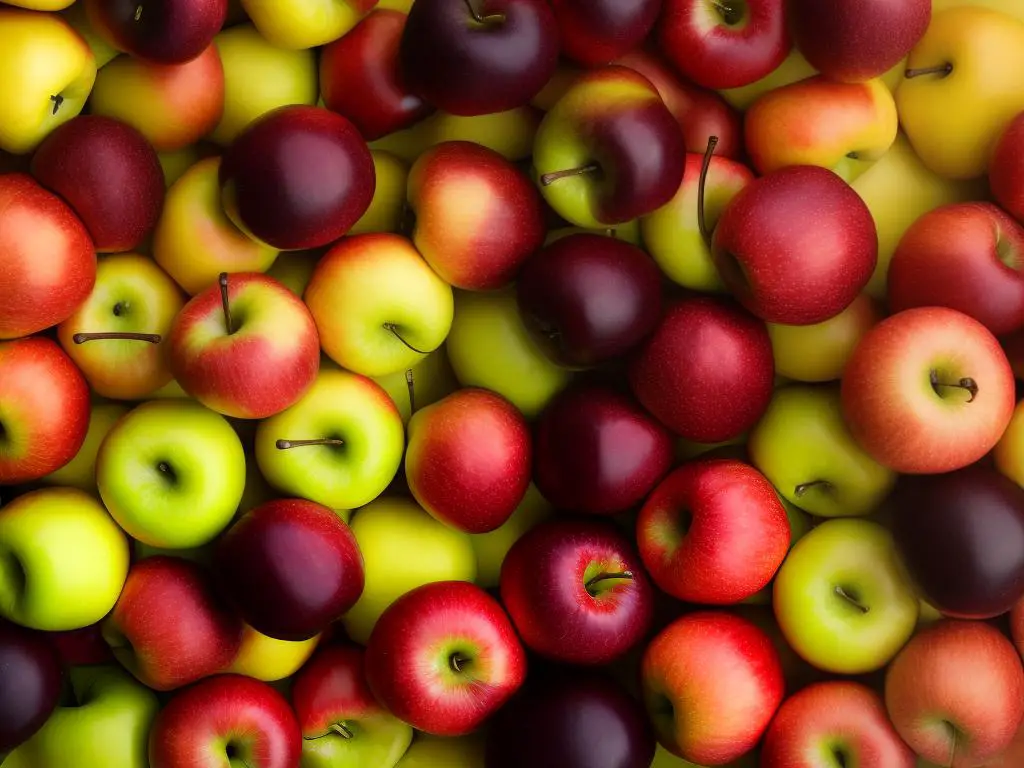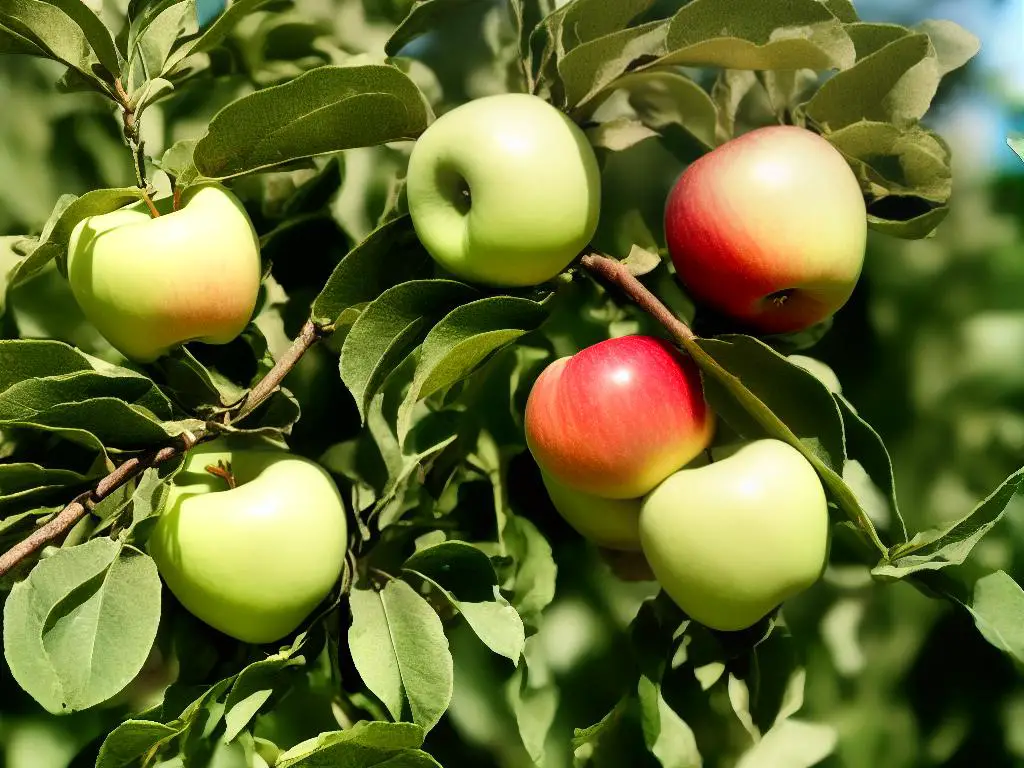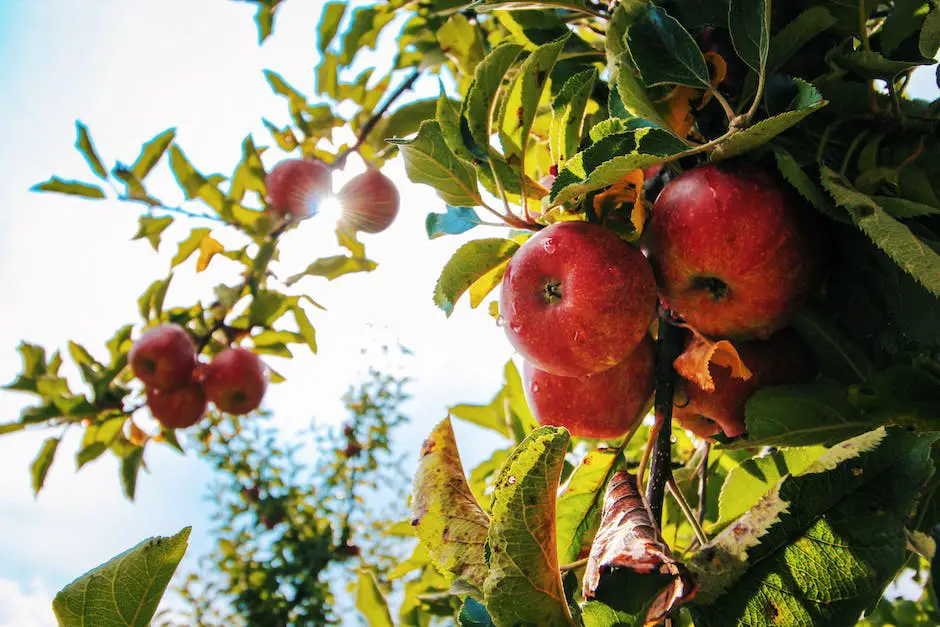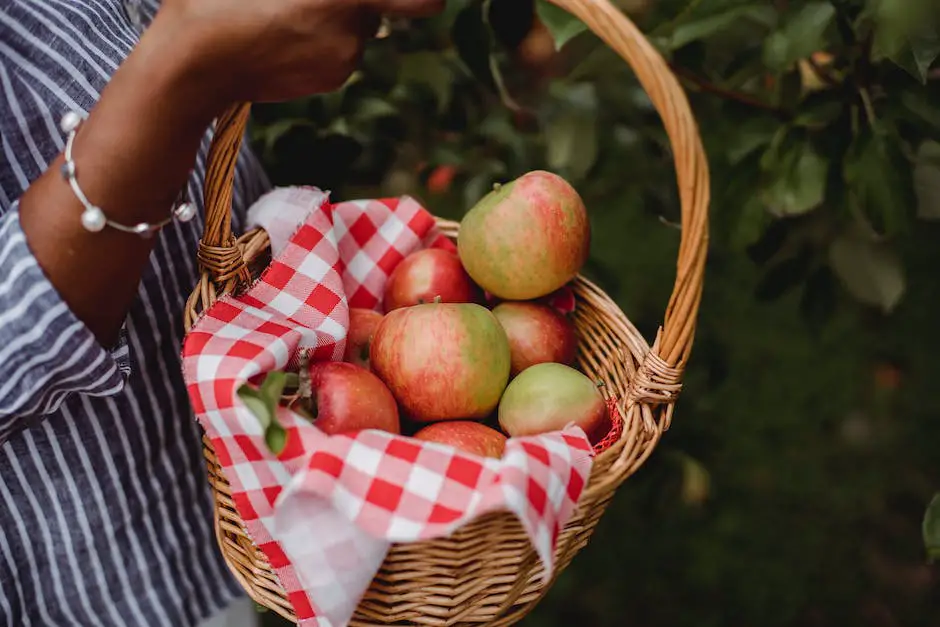Apple picking is a beloved American tradition that brings together family, friends, and nature enthusiasts to enjoy the picturesque beauty of apple orchards while harvesting delectable fruits. Equipped with the essential knowledge of apple varieties, ideal picking times, and proper harvesting techniques, enthusiasts can transform this seasonal pastime into a fruitful and enjoyable experience. In this comprehensive guide, you’ll discover everything you need to know to elevate your apple picking skills, from selecting the right time and place to visit, understanding different apple types, and efficiently picking, storing, and creatively using your harvest for a range of culinary delights and crafts.
Understanding Apple Varieties for Successful Apple Picking
One essential aspect to understand when becoming skilled at apple picking is to recognize the diverse array of apple varieties and their individual properties. The Honeycrisp apple, for example, is a popular choice for its crisp texture, balanced sweetness, and juicy flavor. It is a versatile apple suitable for both fresh eating and culinary uses, such as baking and making applesauce. This variety, developed at the University of Minnesota, typically enjoys cooler climates and is harvested during the fall, predominantly in September and October. Understanding the ideal growing conditions for each variety is critical to identify the optimal picking times.
Other popular apple varieties include Gala, Granny Smith, Fuji, and Braeburn apples. Each of these varieties has distinct characteristics regarding taste, texture, and appearance. Additionally, their ideal growing conditions and harvesting seasons vary, reflecting the diverse climates in which they thrive. It is crucial for apple picking enthusiasts to familiarize themselves with these unique properties and their corresponding picking times to optimize their apple-picking experience.

Best Time for Apple Picking
One of the most important aspects of apple picking is understanding the significance of timing to ensure optimal ripeness. Peak ripeness is when an apple has reached its best flavor and texture, making it ideal for both eating and cooking. In addition to appreciating the variety of apples and their growing conditions, enthusiasts must also monitor the impact of weather on the ripening process. Warm and sunny days will help ripen the fruit, while cooler temperatures and cloudy weather can slow down the ripening process. Hence, keeping an eye on the weather forecast and planning your apple picking trip accordingly is essential for a successful and enjoyable apple-picking experience.
Location is another vital factor in determining the best time for apple picking. Different regions within the United States have varying apple growing seasons, which may affect when the apples reach their peak ripeness. For example, apples in the Pacific Northwest tend to be harvested in the late summer months, while those in the Midwest typically ripen in early fall. Furthermore, different apple varieties also have different ripening times, so check your local orchard’s schedule to know which varieties they offer and when they’ll be ready to harvest.
Some practical tips can help you determine when apples are ready for harvest. First, look at the color of the fruit. Most ripe apples will have a uniform color, which will vary depending on the type of apple. Ripe Granny Smith apples, for example, will have a deep-green hue, while Gala and Red Delicious apples will typically have a vibrant red color. Another useful indicator of ripeness is the ease with which an apple can be picked from the branch. If an apple comes off the branch easily with a simple twist-and-lift motion, it is most likely ready to be picked.
A general apple picking calendar for the United States can help guide you in planning your apple picking trip. Early season apples, such as McIntosh and Gravenstein, tend to be ready for harvest from late August to early September. Mid-season varieties, including Honeycrisp and Cortland, are usually ripe from mid-September to early October. Finally, late-season apples such as Fuji and Pink Lady are often harvested from late October to early November. Keep in mind these approximate timeframes may vary depending on your local climate, so always consult your local orchard for the most accurate information.
Understanding the various factors affecting peak apple ripeness, such as weather conditions and location, will help you plan your apple picking trip and ensure you pick the tastiest fruit. Keep in mind that not all apple varieties ripen at the same time, so consider visiting your local orchard multiple times throughout the season to experience a variety of flavors and textures. By applying these tips and using the general apple picking calendar, you’ll be well on your way to becoming a skilled apple picker and enjoying the delicious fruits of your labor.

Finding the Best Apple Orchards Near You
As you continue to develop your apple picking skills, it’s important to find the best places to practice and enjoy the experience. Locating ideal apple orchards near you can be achieved by conducting thorough research using resources such as the internet, asking friends and neighbors for recommendations, or checking with local farmer’s markets and agritourism websites. Keep in mind that different orchards may offer a variety of apple types, so it’s wise to select one according to your preference for specific apple varieties. By choosing the right orchard, you’ll have the perfect environment to master your apple picking techniques and indulge in the scrumptious fruits your efforts yield.
Planning Your Visit to an Apple Orchard
When planning your visit to an apple orchard, always consider the peak picking season for the specific apples you want. Harvest times can vary by region, so be sure to check the orchard’s website or contact them for accurate picking times. It’s best to avoid visiting orchards immediately following rainy weather or during extremely busy times, such as weekends and holidays, when the crowds can make parking and picking a challenge. Additionally, it’s essential to call ahead and confirm the orchard’s opening hours, as these may change during the apple picking season.
Rules and Regulations at Apple Orchards
Before visiting an apple orchard, it’s a great idea to familiarize yourself with their rules and regulations. Some locations may only allow visitors to use containers provided by the orchards, while others may permit you to bring your own. It’s also essential to respect the trees, avoiding any damage or unnecessary waste. Many orchards will display signs or provide maps indicating the locations of their different apple varieties, so following these guidelines ensures a smooth and enjoyable experience for all.
Dressing for an Apple Picking Adventure
When dressing for an apple picking adventure, comfort and practicality are key. It’s wise to wear casual clothing, including layers, that you won’t mind getting dirty or snagging on branches. Furthermore, opt for comfortable closed-toe shoes with good traction, as the ground may be uneven or muddy. You may also want to bring items like sunscreen, bug spray, water, hats, and gloves, all of which can enhance your overall experience.
Learning Opportunities at Apple Orchards
Immerse yourself in the educational experiences that apple orchards offer to make the most of your apple picking adventures. Many orchards provide organized tours, workshops, and lectures about apple cultivation, history, and uses. Engage with the knowledgeable staff to learn about each apple variety’s unique characteristics, flavors, and cooking applications. Such information can inspire you to explore new ways of using apples in your kitchen. Moreover, remember to enjoy the crisp air and picturesque scenery, as it is an integral part of the apple orchard experience.

Mastering Apple Picking Techniques
Another important aspect of apple picking is learning the proper techniques to harvest apples without damaging the tree or the fruit. When it’s time to pick apples, ensure you do so with care and precision. Cup the fruit in the palm of your hand, gently twist, and lift until the apple detaches from the branch. Avoid pulling or tugging on the fruit, as this may break the stem, harm the tree, and hinder future growth. Additionally, hold the apple by the blossom end to prevent bruising the fruit during the picking process.
Tools for Apple Picking
Utilizing proper tools for apple picking is an essential aspect of the process. Fruit pickers, including those with extensions for reaching higher branches, are fundamental for gathering apples without damaging the tree. Pickers typically feature a metal or plastic basket with finger-like prongs that gently grasp the apple and make it easy to remove from the branch. Pruning shears are another essential tool for apple picking. These shears enable you to remove any dead or damaged branches that may hinder growth or fruit production in the future.
Another crucial tool for apple picking is a sturdy basket or container for holding the harvested apples. These baskets should be sturdy enough to support the weight of the apples and have sufficient space to prevent overcrowding. Overcrowding can lead to apples becoming bruised or damaged during the process. Additionally, selecting a basket with comfortable handles can make carrying your harvest a more enjoyable experience.
Safety Tips for Apple Picking
When it comes to picking apples from tall trees, safety should always be the top priority. Utilizing a sturdy ladder or an orchard ladder, specifically designed for fruit tree maintenance, is essential for reaching high branches. Ensure that the ladder is securely placed on even ground and is at a safe angle to avoid any accidents. It is necessary to follow safety guidelines when climbing ladders, such as maintaining three points of contact and having someone assisting in stabilizing the ladder for added security.
Improving Apple Picking Skills
One of the most effective ways to improve your apple picking skills is by practicing and refining your techniques throughout the various apple picking times. Study different apple varieties to understand the prime picking window for each type of apple. This knowledge can help you achieve the highest quality fruit while preserving the health of the tree. Remember that apples ripen from the outside of the tree inwards, so it’s essential to start picking apples from the outer branches and work your way in. By understanding and utilizing the techniques, tools, and safety measures mentioned, you will become a skilled apple picker ready to harvest apples during their prime picking times.

Storing and Preserving Freshly Picked Apples
After perfecting your apple picking skills and having a successful harvest, it’s crucial to know how to properly store and preserve your freshly picked apples. By doing so, you can extend their shelf life and enjoy their delicious taste for an extended period.
Refrigeration is an effective method for storing apples, as it slows down the ripening process and helps to maintain their quality. Keep apples in the crisper drawer of your refrigerator, ideally at a temperature of 30-32°F (-1 to 0°C) with a humidity level between 90-95%.
Make sure to sort your apples before refrigeration, removing any that are damaged or have blemishes, as these may cause the others to spoil more quickly. You can store apples in plastic bags with holes to allow the fruit to breathe, but avoid sealing them completely.
Freezing Apples
Another popular technique for preserving apples is freezing. Freezing apples allows you to enjoy their goodness for up to a year.
To freeze your apples, first wash, peel, core, and slice them. To prevent the apples from browning during the freezing process, dip them in lemon juice or an ascorbic acid solution.
Lay the treated apple slices in a single layer on a baking sheet and freeze them for a few hours. Once they are frozen, transfer the slices to an airtight container or a freezer bag and store them in the freezer at 0°F (-18°C) or below.
Drying Apples
Drying apples is a traditional preservation method that involves removing the moisture from the fruit. This technique reduces the apples’ weight and volume, making it a space-efficient storage option.
To dry apples, you can use a food dehydrator, an oven, or simply natural sunlight. Wash, core, and thinly slice the apples and treat them with lemon juice to prevent browning.
If using a food dehydrator or oven, set the temperature to 135-140°F (57-60°C) and dry the apples for 6-12 hours, depending on the thickness of the slices.
If air drying outdoors, lay the apple slices on a clean screen and cover them with cheesecloth to protect from insects. Keep the apples in a dry, well-ventilated area and allow them to dry for several days.
Canning Apples
Canning is another excellent way to preserve apples for future use, enabling you to enjoy homemade apple sauces, jams, and pie fillings all year round.
To can apples, begin by selecting firm, ripe apples that are free from blemishes. Wash, peel, core, and slice the apples, then cook them in a small amount of water until they are tender.
Following your preferred recipe, add sugar, spices, and other desired ingredients before transferring the mixture to sterilized canning jars. With canning, it is crucial to follow your recipe’s processing instructions to ensure proper food safety and long-term preservation.
Conclusion
Whether you are a hobbyist or enthusiast, it is essential to pick apples at their peak ripeness for the best flavor and preservation quality. Apple picking times depend on the variety, location, and climate, which in turn affect the ideal storage method. By familiarizing yourself with the best techniques for storing and preserving apples, you can enjoy the fruits of your labor long after apple-picking season ends.
